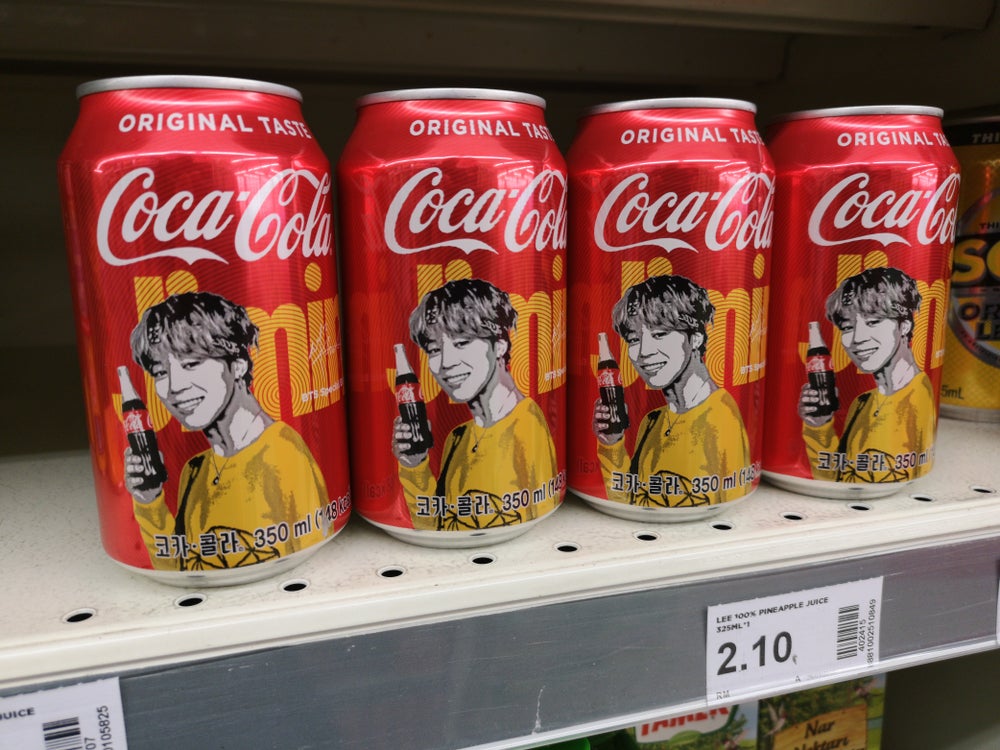Most marketers know that these days companies rooted in purpose ultimately see more benefits, including stronger customer relationships and more engaged employees.
The same can be said with cause sponsorships. When companies sponsor organizations that serve a similar purpose as their underlying mission, they are extending their purpose outside of their four walls in a very meaningful way.
 Choosing the right organization to sponsor can be a challenge for any company. When selecting the right sponsorship partner for a brand, ask yourself the following questions:
Choosing the right organization to sponsor can be a challenge for any company. When selecting the right sponsorship partner for a brand, ask yourself the following questions:
1. Which organization embodies my brand?
This is an obvious, but extremely important place to start. Sure, there are some amazing causes out there that may make sense for an organization like yours to support, but will the connection be meaningful and authentic to who you are as a brand?
The correlation between the brand sponsor and the organization should almost be obvious, especially if each entity is transparent in their communications and grounded in what they believe.
2. Who am I hoping to help?
This too can be a difficult, yet very important question. First, consider who will be the most receptive to your messaging and champion it to others. Find an organization that aims to contribute in a way that will ultimately impact what your brand hopes to achieve.
If your brand caters to adults who are younger, for example, partnering with a nonprofit that assists disadvantaged children may not resonate, since many of them are likely not yet parents. However, they may be more responsive to a partnership with an organization that champions cleaner neighborhoods if it’s helping to improve an area of town this audience frequents.
3. What is the business goal with this sponsorship?
The reality of sponsorships is that they should serve a business purpose. Is your goal to generate leads or is it to educate the community? Maybe it is to engage your staff and build a strong internal culture around giving and service.
Many tech companies in the Bay Area, for example, are committed to serving the elderly in the community. They regularly deliver meals, run errands, and visit older members in the community. The people they serve are not prospective customers by any means–but their staff are fulfilled and supported in this effort to give back.
They’re contributing to a greater cause that ultimately impacts the greater good of the community and feeling empowered by their employer while doing so.
4. How will I help the organization I’m sponsoring?
Of course, throughout this whole process, you mustn’t forget the needs of the organization you are hoping to partner with. While you certainly can limit your sponsorship to a monetary contribution—and many businesses do—it is extra beneficial to contribute services, talent, or people.
Looking at Bay Area-based tech brands again, many organizations leverage the young Millennials on staff for physical activities, such as building homes with Habitat for Humanity. Or they donate the hours of some of their brightest technology talent to train people for jobs within the tech sector. In many cases, we leverage our top-notch caregivers to teach basic medical skills to individuals within our communities.
Considering how the organizations in your community will actually benefit from your organization is not only the right thing to do. Making that connection will encourage your employees to feel more committed to the cause—and to your business as a result.
Sponsorships allow brands to create visibility among local, regional and even national stakeholders. They’re a form of forging relationships, making connections and strengthening recognition. And yet, they’re only impactful if they’re authentic and resonate. Always consider what you’re trying to achieve within your organization, first and foremost. The opportunities to engage partners that align with that vision will follow if you remain true to your values.
Mark Viden is vice president of brand marketing at Dignity Health.
Related articles:
Social Media Most Used Channel to Activate Sponsorships: Report



